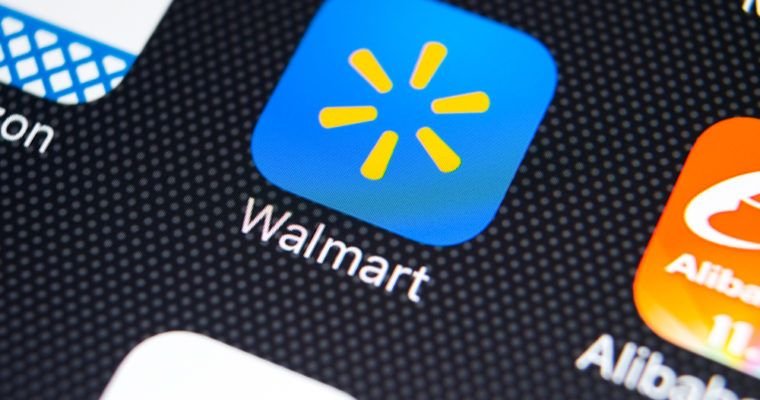A recently released filing by the U.S. Patent and Trademark Office (USPTO) outlines a blockchain-based framework that Walmart has envisioned as part of its efforts to expand its digital services for retail shoppers.
Walmart’s Blockchain Push
Filed in 2017 and granted on May 17, 2018, the document is an example of Walmart’s push to embrace digital technologies for augmenting its intellectual property holdings, and it adds to an impressive arsenal featuring a number ranging from parcel-tracking systems to IoT.
As per the document, Walmart’s proposed system enables the tracking of retail products brought by a customer. This is achieved by allowing a customer (storehouses or retail) to “register” a product after purchase, choosing a defined price for resale to individuals, while using Walmart’s framework as a digital marketplace.
As stated in the patent:
“The increasing competition from ‘non-traditional shopping mechanisms’ as an incentive for ‘bricks and mortar’ retailers to stay ahead of new technologies that could improve customer experience.”
Furthermore, the patent specifies that the innovation is not limited to retailers, as individual customers often use an item for a limited period and wish to sell it later on. However, this involves low-awareness on how to execute the sale, as customers are “left to their own devices to arrange for a subsequent resale.”

However, the described platform is said to provide “additional support to greatly ease and facilitate their later reselling of items,” while encompassing a variety of interfaces such as web browsers, mobile platforms, or a physical point-of-sale.
The proposal is similar to a recently filed patent, which described the retail giant’s intentions to power up a fleet of delivery vans via the blockchain.
However, the latest patent details a “distributed delivery record blockchain,” which updates every transaction as the products are purchased in bulk, sold to customers, and handled by couriers.
The Blockchain Mechanism
For making a transaction, the seller and courier are required to provide their private keys. Once matched, the transaction is instantly broadcast to the network, though it may require verification from the buyer, seller, and courier, prior to being added to the blockchain.
Later, when the buyer collects the package, the courier is expected to utilize their private key for confirming the handover, which immediately updates the blockchain with the transaction, and marks the end of the purchase cycle.
It remains to be seen whether Walmart’s vision will become a reality, though, as the firm has filed for a number of blockchain patents over the years but has been hesitant to merge them into its day-to-day operations.
Great post check out my new post ;
https://steemit.com/verge/@garethm/verge-hacked-again-buy-th-dip